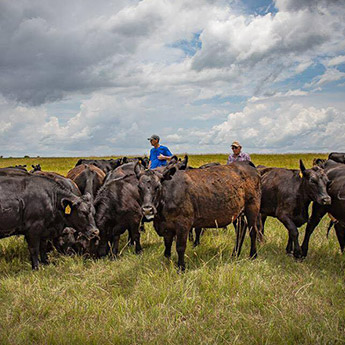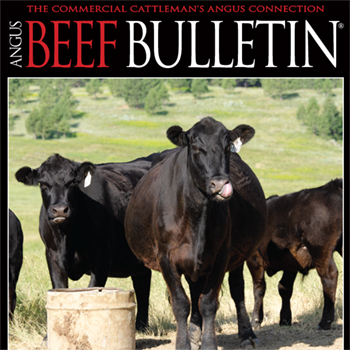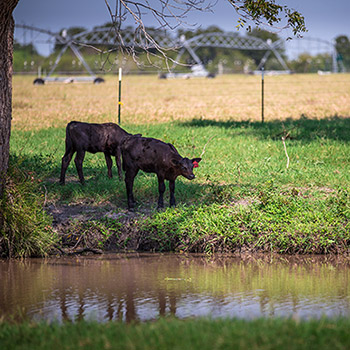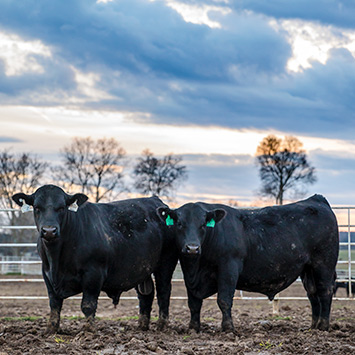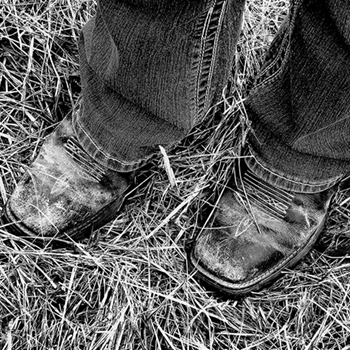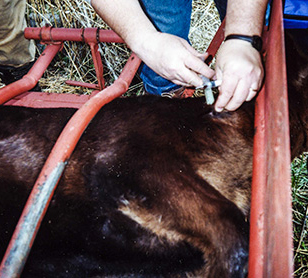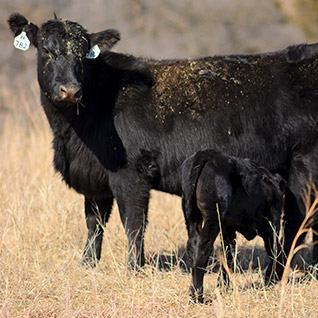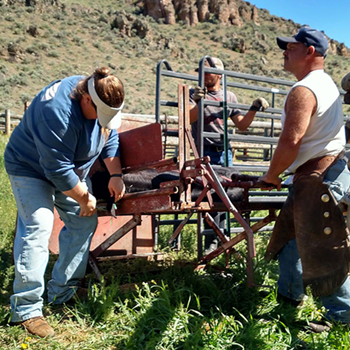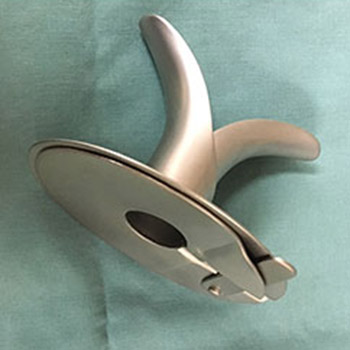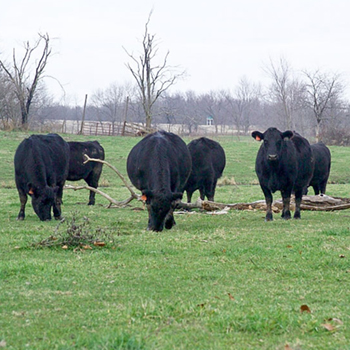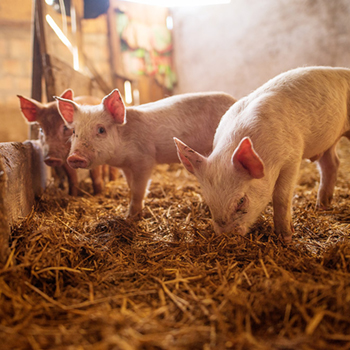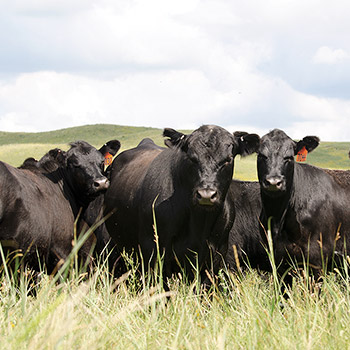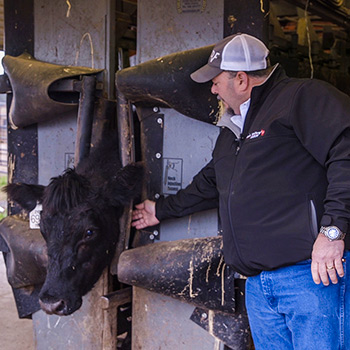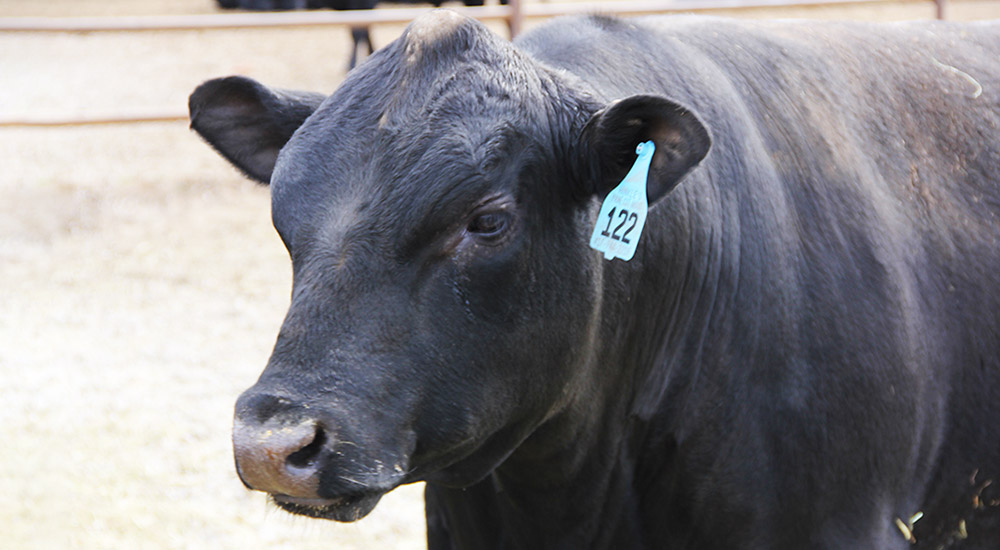
Troubleshooting Low Pregnancy Rates
Multiple factors to check if pregnancy rates are disappointing.
by Troy Smith, field editor
When the veterinarian comes to pregnancy-test, most cow-calf producers naturally hope for high marks. The experts seem to agree that a 90%-95% pregnancy rate is an attainable goal for well-managed beef breeding herds. In most production environments, a pregnancy rate of less than 85% is considered cause for concern. Gregg Hanzlicek, director of field investigations for the Kansas State University Veterinary Diagnostic Laboratory, says marks that low give reason to suspect something is amiss within the interaction of bovine female, male and their environment.
If pregnancy examination shows poor breed-up, a conscientious cow person wants to know why. Before launching an investigation, Hanzlicek advises producers to be sure the diagnosis is trustworthy. Consider at what stage of gestation the pregnancy examination was performed and by whom. Assuming the producer has confidence in the timing, method and examiner, he or she must start unraveling the mystery of low pregnancy rate.
| Fig. 1: Percent pregnant by breeding season period, example 1 |
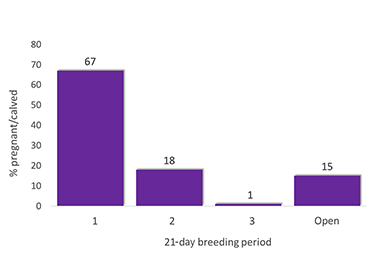 |
Neighbor’s bulls got into the pasture during the second 21-day period. He and several other bulls tested positive for Trich at the end of the season. |
| Click here for larger image. |
Hanzlicek advises producers to think about things that open females may have in common, or how they may be different from the pregnant females. Were a majority of opens in one breeding pasture or the same few pastures? Were most of the opens from a certain age group — heifers, second-calvers or mature cows? Pondering similarities and differences can help direct the next steps of an investigation. Typically, though, it starts with the bull battery.
“Usually, the first thing to do is rule out problems with bulls. That can be hard to do after pregnancy diagnosis,” says Hanzlicek. “Passing a breeding soundness examination (sometimes referred to as a BSE) at this time does not mean a bull was problem-free during the breeding season, but a (postbreeding season) BSE sometimes gives us clues.”
Along with evaluating fertility, bulls can be tested for reproductive diseases such as trichomoniasis and campylobacter infection (vibriosis). Bulls can be checked for lameness issues, as well as injury or deformity of reproductive organs. Unfortunately, a BSE won’t reveal whether a bull is lazy, or lacks libido. Neither will it indicate a synchronization program failure or whether a bull-to-female ratio was inadequate.
Hanzlicek says low pregnancy rate among cows from a single-sire breeding pasture certainly points a suspicious finger at the bull. In multiple-sire pastures, disease, injury or lameness could hinder the work of more than one bull, but it’s unlikely that multiple animals would be affected by reduced fertility or lack of libido.
“Dominance issues can cause problems in multiple-sire pastures if the dominant bull is not fertile but prevents other bulls from mating with females,” says Hanzlicek. “Artificial insemination failures also may result in too many females cycling during the clean-up period so that it overwhelms bull numbers.”
Producers must consider whether a low pregnancy rate could be related to disease among females resulting in infertility, inability to maintain pregnancy or early abortion. Additionally, Hanzlicek emphasizes the importance of nutrition. For optimum breed-up, females should have been carrying adequate body condition at calving time and remain on a positive plane of nutrition during the breeding season.
| Fig. 2: Percent pregnant by breeding season period, example 2 |
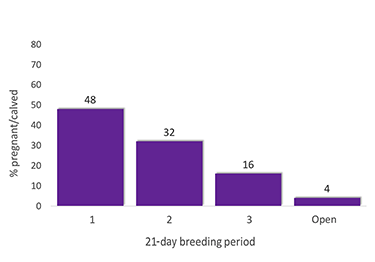 |
Five bulls in the pasture; three treated for foot rot two weeks after turnout. Treated once and recovered. |
| Click here for larger image. |
According to Hanzlicek, pregnancy histograms can be useful for determining causes of low pregnancy rates. A pregnancy histogram is a graph that shows the distribution of successful breeding activity during the breeding season.
An experienced veterinarian can closely estimate the age of a fetus at the time of pregnancy examination, allowing determination of the time that each female became pregnant. This information can be used to prepare a graph showing the percentage of females bred during each 21-day period, from the beginning of the breeding season until the end. The graph can show during which period(s) events that could have negatively affected pregnancy rate might have occurred, such as sire infertility or injury, early abortion or high-stress events.
“Using pregnancy histograms requires a good herd history,” emphasizes Hanzlicek. “Producers need to keep track of when bulls were turned out and removed from breeding pastures, and they need to watch bull activity (or the lack thereof). They need to record when health issues in bulls, cows or calves occurred, when they were addressed and the outcomes. They need to know when a neighbor’s cattle got in their pasture (any commingling of cattle from another herd) and for how long. It could also be helpful to track body condition during the breeding season.”
Hanzlicek says some herds are frequently challenged by poor pregnancy rates — sometimes year after year. In operations where this is a near-chronic condition, pregnancy histograms might be particularly useful in providing significant clues to the reasons, and point the way to potential solutions. However, making a graph is of little use unless producers have accurate records to help determine potential cause-and-effect relationships.
Editor’s note: Troy Smith is a cattleman and freelance writer from Sargent, Neb. Gregg Hanzlicek gave a presentation on Troubleshooting Low Pregnancy Rates at the Tri-State Cow-Calf Conference hosted last February in Imperial, Neb. Photo by Kasey Brown.
